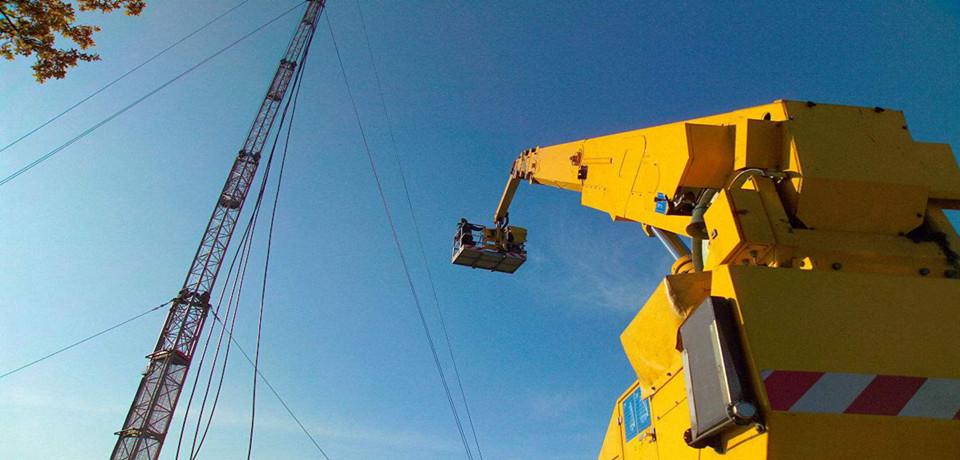
Many users and installations face the problem of how to make cheap and efficient data transmission between buildings in a campus environment.
Routing choices, transmission distances, and application environments all affect the choice of cable media. Incorrect or inappropriate selection can result in a limited period of wiring investment, and reinstallation can also cause the stop working of network system operation. When the cables are ready to installation,we should pay attention to the factors,such as 450/750v copper pvc cable, xlpe power cable,armoured copper cable.
Ultraviolet (UV) - Do not apply UV-free cables to direct sunlight. Choose black polyethylene or PVC sheathed cables, such as Brand-Rex's 4-pair enhanced Category 5 MegaOutdoor outdoor. The cable, which has a metal mesh moisture-proof protective layer and a black polyethylene sheath, is suitable for most building connections, whether it is overhead laying, ground installation or pipeline construction.
Heat - the temperature of the cable in the metal pipe or trunk is very high, many polymeric materials will reduce the service life at this temperature, should choose black polyethylene or PVC skin.
Water - Water is the real killer of LAN cables. Moisture in the LAN twisted pair cable increases the cable's capacitance, which reduces impedance and causes near-end crosstalk. If it is extremely effective in preventing moisture and water vapor, it is necessary to use a metal shielding mesh protective layer.
Mechanical damage (repair cost) - repair of fiber optic cable is very expensive, requiring at least two terminations at each discontinuity.
Grounding - If the shield of the cable needs to be grounded, the corresponding standard must be observed.

The total length of the route (not just the floor) - the outdoor-grade LAN twisted pair cable is used in the building, and the total length is limited to 90 meters.
For a network of 100 Mbps or 1000 Mbps, the laying distance cannot exceed this limit. If you are laying between 100 and 300 meters, you should choose a fiber optic cable.
You can use the following simple experiment to self-test whether the wiring investment is safe: use 20 meters of enhanced Category 5 UTP cable to terminate at both ends; carefully lay the cable sheath at the midpoint of the cable to expose a small piece of copper cable (1 cm) Test the cable according to the AN/NZSD level standard; soak the cut portion of the cable in water for 1-2 minutes and then retest.